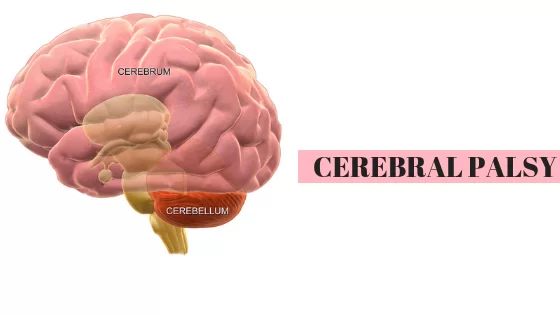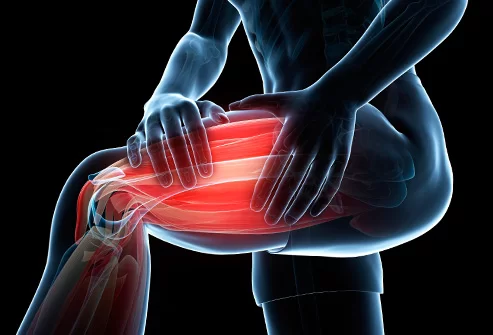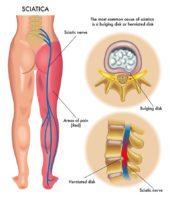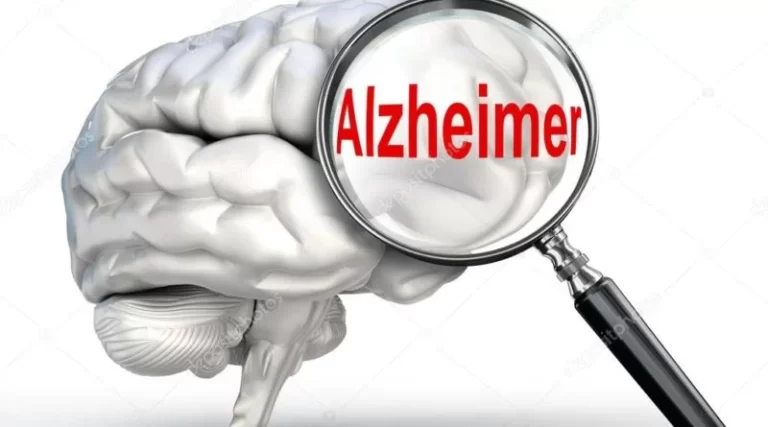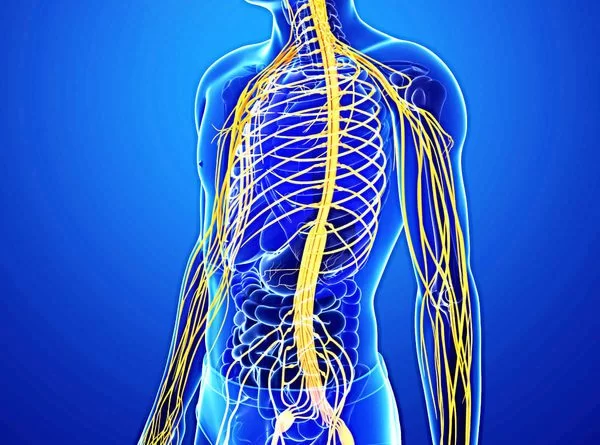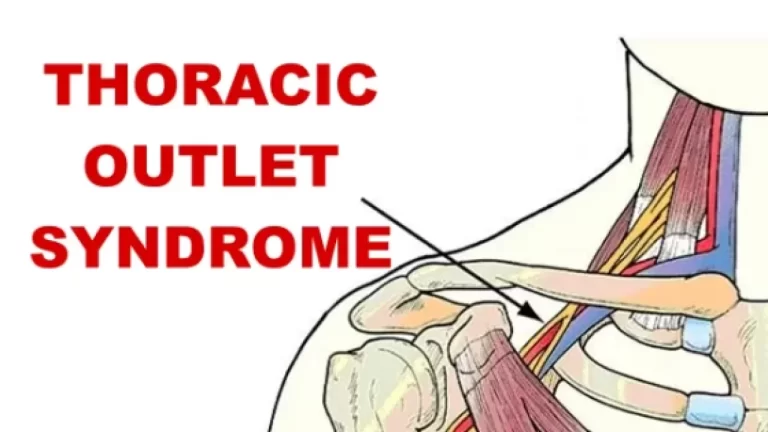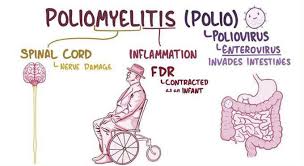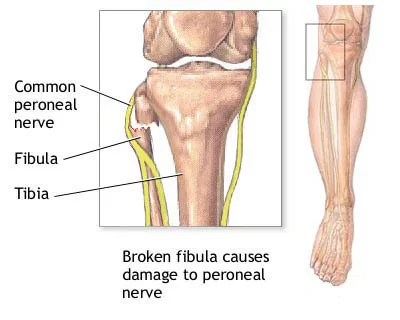CEREBRAL PALSY
What is a Cerebral Palsy? History : Causes : Cerebrum : Prenatal causes [ before delivery ] : Perinatal causes [ during delivery ]: Postnatal causes [ after delivery ] : Risk factor : When damage occurs, it will do so soon after the birth. With age, the human brain becomes more resilient and able…

